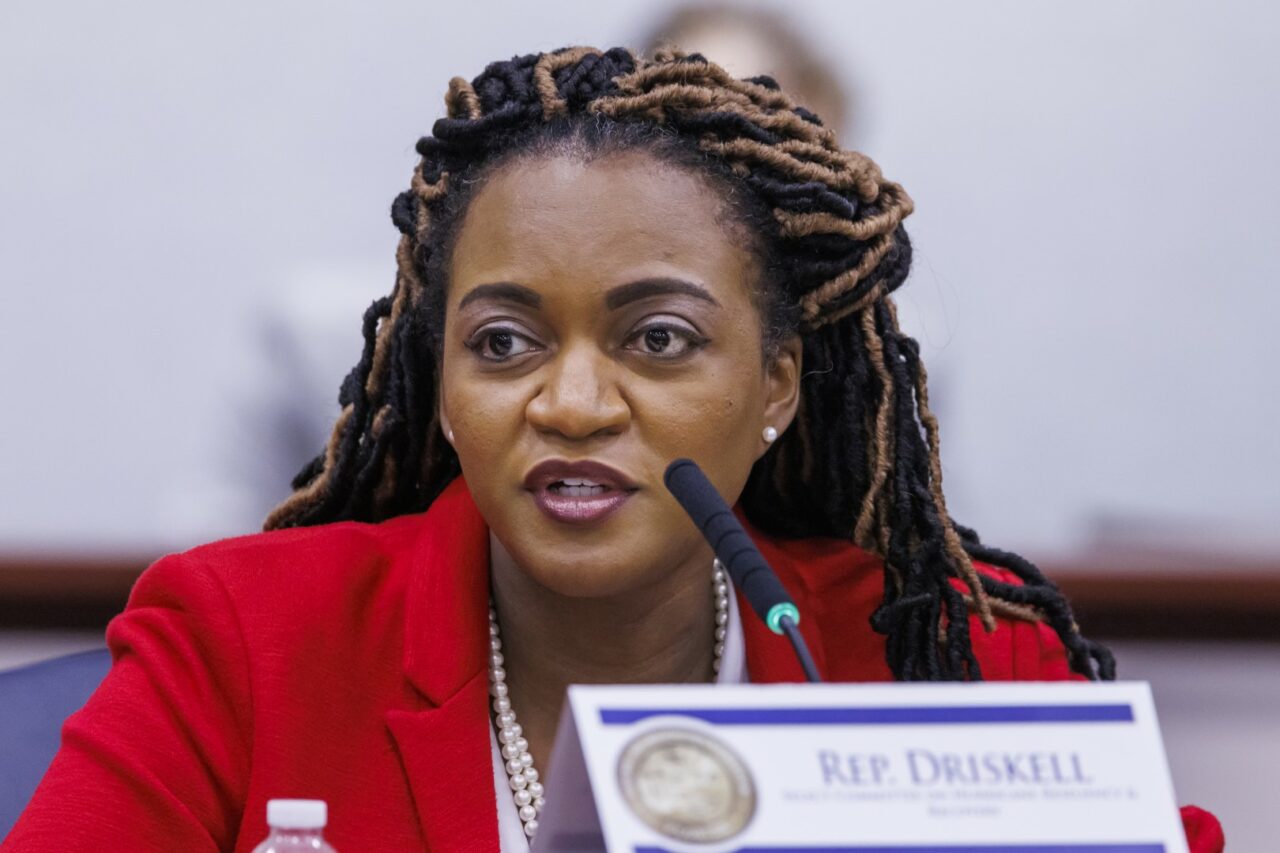
A bill that would codify the 2021 Abandoned African American Cemetery Task Force’s recommendations into law cleared its final committee stop, with a unanimous nod from the State Affairs Committee.
The bill (HB 49) would create the Historic Cemeteries Program and the Historic Cemeteries Program Advisory Council within the Florida Department of State’s Division of Historical Resources. It would also facilitate abandoned and historic cemetery education and maintenance.
The bill includes a $1 million appropriation for research on abandoned cemeteries and for grants to help repair, restore or maintain African American cemeteries.
“I am honored to announce that HB 49 has passed all three of its committee stops with strong bipartisan support. I am grateful for the collaboration and hard work of my colleagues to move this bill forward. As we continue our efforts, I remain committed to a Florida where everyone deserves the freedom to be healthy, prosperous, and safe. Together, we can build a better future for our state,” said House Democratic Leader Fentrice Driskell, the bill sponsor.
A similar bill in the Senate (SB 430) by Sen. Bobby Powell is still working its way through the committee process.
The task force report included a list of known and researched cemeteries, such as Zion Cemetery in Tampa, which prompted legislation addressing the issue. But it will also contain speculated and not-yet researched sites where cemeteries are suspected, including at Tampa’s MacDill Air Force Base.
The rediscovery of Zion Cemetery beneath a Tampa housing complex spurred the unearthing of lost, forgotten and abandoned Black cemeteries throughout the state. The Task Force was formed in 2021 with the mission to submit a list of policy recommendations to the legislature along with a report on the status of abandoned African-American cemeteries throughout the state.



5 comments
Anna
March 31, 2023 at 4:46 pm
Mike, great work. I applaud your efforts enormously because I currently make more than $36,000 per month from just one straightforward online business! You can begin creating a steady online income with as little as $29,000, and these are only the most basic internet operations jobs.
.
.
Alternate the connection——————————>>> iplogger.ru/2i9NA4
Earl Pitts American
March 31, 2023 at 9:12 pm
You’re welcome Fentrice
I, Earl Pitts American, supported your bill and rounded up the votes for you. I was out in the hallway between the House and Senate for an entire week twisting arms and standing on their toes while I, Earl Pitts American, called in some favors and convinced them to support your bill by my superior speaking skills and the shear force of my personality and will power.
Fentrice let me, Earl Pitts American, know if I may assist you in the future.
Thank you Fentrice,
Earl Pitts American
Deborah Ryan
April 1, 2023 at 12:31 pm
This is an important bill. There are coutless smaller cemeteries throughout Florida that have African-Americans buried there that are not cared for.
Earl Pitts American
April 1, 2023 at 8:48 pm
Thank you Deborah,
Earl Pitts American likes you.
Thanks agsin,
Earl Pitts American
It's Complicated
April 3, 2023 at 11:01 am
It amazes me how short the institutional or societal knowledge of cemeteries is. Only takes a generation or two for people to completely lose track of where one’s ancestors are buried.
While doing genealogical research on a line of my family a cousin discovered that my great-great grandparents were buried in a churchyard cemetery in eastern NY, that is now the church parking lot. The church reportedly moved the gravestones to a ‘new’ cemetery site in the early 20th Century, but there is no record of remains relocation (an no record of a gravestone for our grands). When my cousin contacted the church in the 1980s about the status of the churchyard cemetery, inquiring about records/maps of internments and gravestones, clergy there was unaware the original churchyard cemetery had ever existed. It was the clergy’s internal research that discovered what occurred. There was literally no one was still living from that relocation era, so the only record of it were hand-written church governance documents noting the reallocation of the space and a plan for moving gravestones. The modern clergy were diligent in doing the research and forthcoming with it – even offering apologies.
My point in mentioning it is this was a white congregation of mostly German immigrant Catholics, so this loss of societal knowledge can occur across demographic and societal lines. Very easy to imagine why it occurred more frequently with black cemeteries, particularly in the south.
Comments are closed.